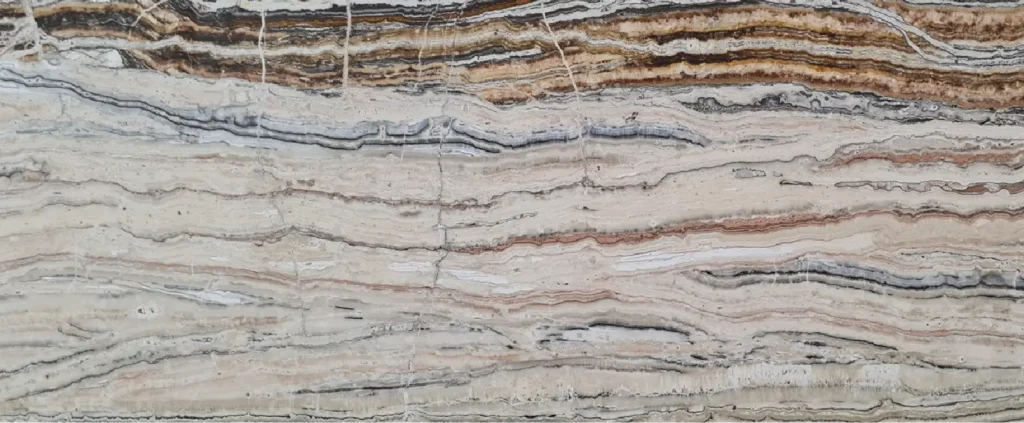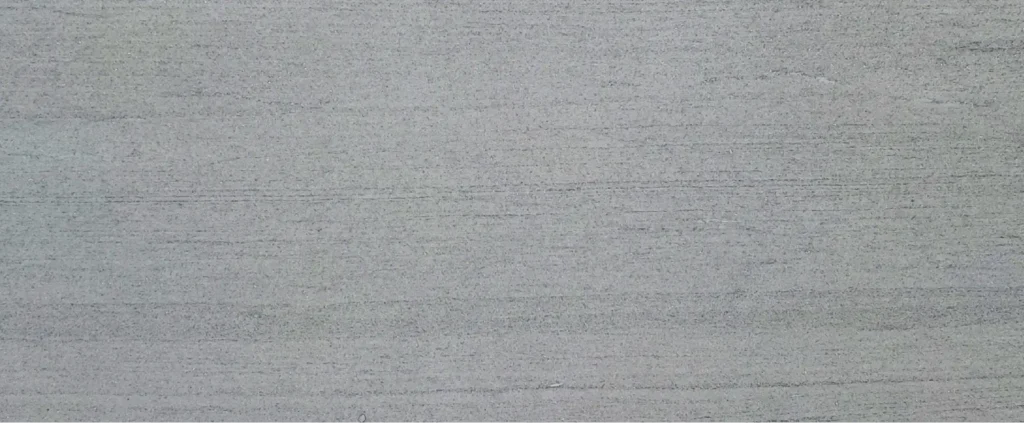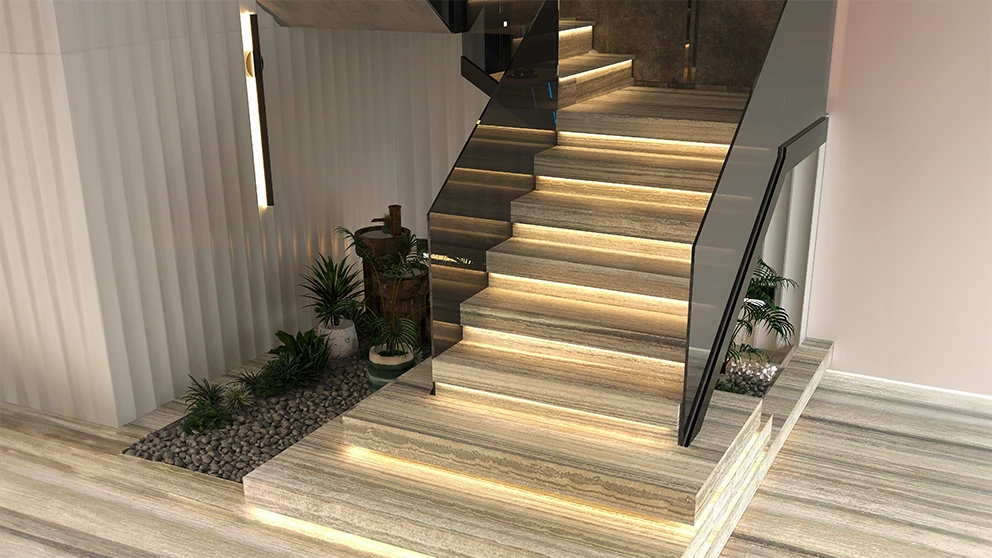Travertine, a special kind of terrestrial limestone, stands out for its pastoral tones and versatile applications. Crafted through the patient sedimentation of calcium carbonate minerals around lake basins and hot springs, travertine captures the rhythm of time and nature. In this blog, let’s unfold the intricate layers of travertine, an extraordinary material that adds elegance to any space.
A Gem from the Faraway Land of Rome
The name “Travertine” finds its roots in the Italian word travertino, meaning “Of Tibur.” It refers to a river in Rome’s Tivoli region from where the oldest and most famous travertine, Travertino Romano, is obtained. Aside from Rome, there are other travertine quarries around the world, including Turkey and Iran.
Historical Significance
Travertine shares a deep-rooted history in the field of architecture and interior design. The Colosseum of Rome is a living testament to its infinite strength and timeless elegance. The stone was generously used in ancient Rome and Greece to build magnificent temples, roads, spas, and amphitheaters. During the Renaissance period, travertine rose to prominence when renowned Italian architects and sculptors like Michaelangelo started using it to create marvellous structures including churches, palaces, and even sculptures.
Travertine in Modern Architecture
Travertine has stood the test of time, thanks to its humble appearance that blends perfectly with any contemporary decor style. Modern designers around the world are creating impressive spaces that beautifully capture its antique charm. The Barcelona Pavilion in Spain, the Seagram Building in New York, and The Getty Center in Los Angeles boast a modern take on the applications of travertine.
Properties of Travertine
Aesthetics: Travertine with its delightful blend of soft hues lends an air of warmth and comfort to any space. Its surface displays gentle movement of subdued veins that contribute to its rustic aesthetic.
Texture: Travertine surfaces are more porous in texture as compared to granite or marble. As time passes, the stone develops small holes or indentations that enhance its antiqueness often admired by some homeowners and designers. These pores may accumulate dust over time, requiring consistent maintenance when used as a countertop.
However, these indentations are often filled with cement or clear epoxy to make the stone more functional. Cement epoxy is a cement-based mixture used to seal the pores completely, cement epoxy is often pigmented to match the natural hues of the stone. Clear epoxy treatment is a kind of adhesive with no pigmentation. It seals the pores completely, while offering a see-through visibility of the open pores, preserving the stone’s rustic texture.
Durability: As a sedimentary rock, travertine is a moderately durable surfacing material. It does not crack or chip easily and can withstand heavy foot traffic, making it ideal for residential purposes. The durability of travertine depends on numerous factors, for instance, the type of travertine, its finish as well as application. In any case, one can maintain the stone’s elegance for a longer period when handled with care.
Temperature Regulation: An outstanding quality of travertine is its ability to regulate heat and maintain a suitable temperature in an area, making it an excellent choice for both indoor and outdoor flooring and cladding.
Trending Colors in Travertine

As discussed earlier, travertine comes in a wide spectrum of subdued tones that complement various interior styles including Rustic, Japandi, Farmhouse, and Mediterranean. Here are some of the most trending travertine colors that you can find at Ultra Stones.
Roman Travertine: Hails from the ancient land of Rome, Roman travertine is one of the most famous types of travertine that exhibits a pleasing pallet in tan, beige, and cream, making a space look brighter and more spacious.
Silver Travertine: Known for its exquisite veining in silver, grey, and beige, the Silver Travertine is often featured in luxurious projects. Its abstract beauty is further highlighted when used ascent walls, countertops, and even flooring.
Titanium Travertine: Its spectacular combination of black, brown, and grey veins flowing horizontally across the surface can create a moody, and contemporary look.
White Travertine: Boasting a beautiful medley of elegant ivory beige with white and grey veins, White Travertine is widely admired by designers for its unparalleled grace.
Ocean Blue Travertine: A beautiful ivory-white travertine derived its name from its subtle bluish-to-greyish veining that looks wonderful when applied outdoors.
Travertine surfaces are also available in interesting colors with more movements such as Red Travertine, and Noce Travertine.

Finishes and Cuts in Travertine
What sets travertine apart from other surfacing materials is its availability in multiple finishes including polish, honed, tumbled, and brushed. Moreover, it comes in both cross-cut and vein-cut styles. Each type of finish produces distinct visuals that highlight certain aspects of the stone. Polished travertines, for instance, offer an impressive glassy and chic appearance when used as backsplashes, vanity tops, and countertops. Honed, brushed, and tumbled finishes, on the other hand, offer a matte texture to the travertine surface, making it suitable for both indoor and outdoor applications.
Travertine surfaces are available in slabs, tiles, and pavers, catering to the requirements of both commercial and residential spaces.
Modern Applications of Travertine
Travertine’s gentle beauty opens the door to an ocean of possibilities in interior design. It is an excellent material for both exterior and interior projects, lending an aura of peace and tranquility to any space. Travertine countertops, wall cladding, and even flooring are popular choices among modern interior designers for premium projects.
Travertine Care
Travertine, being a soft material, is prone to weathering and staining even though it can withstand heavy foot traffic. Timely sealing and regular maintenance are needed to preserve the surface’s antique charm.
For further information regarding Ultra Stone’s entire product range visit https://ultrastones.com/
If you are a travertine lover, check out Ultra Stones’ carefully curated selection of Travertine surfaces in New York and Pennsylvania to elevate your next design project.


